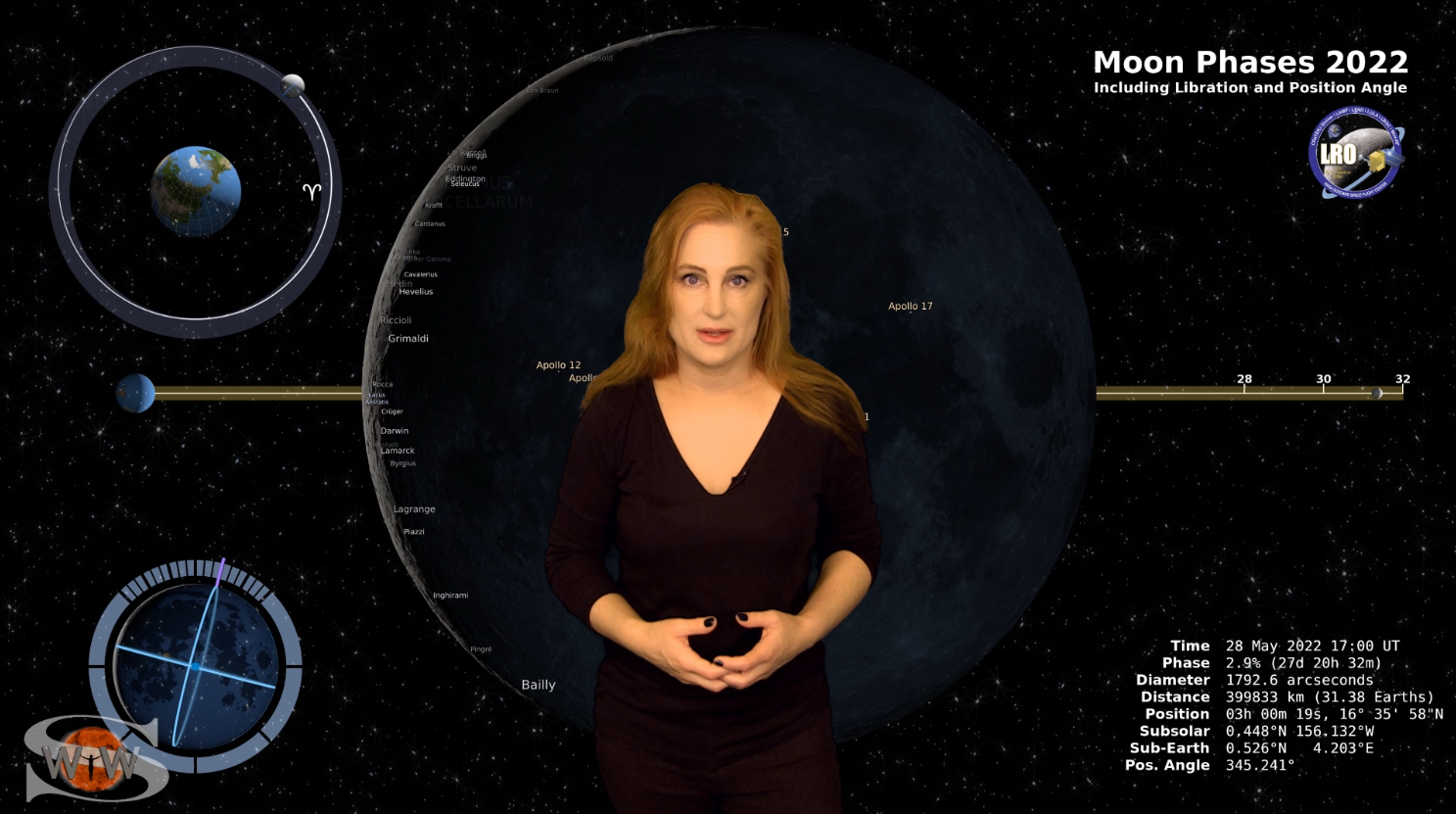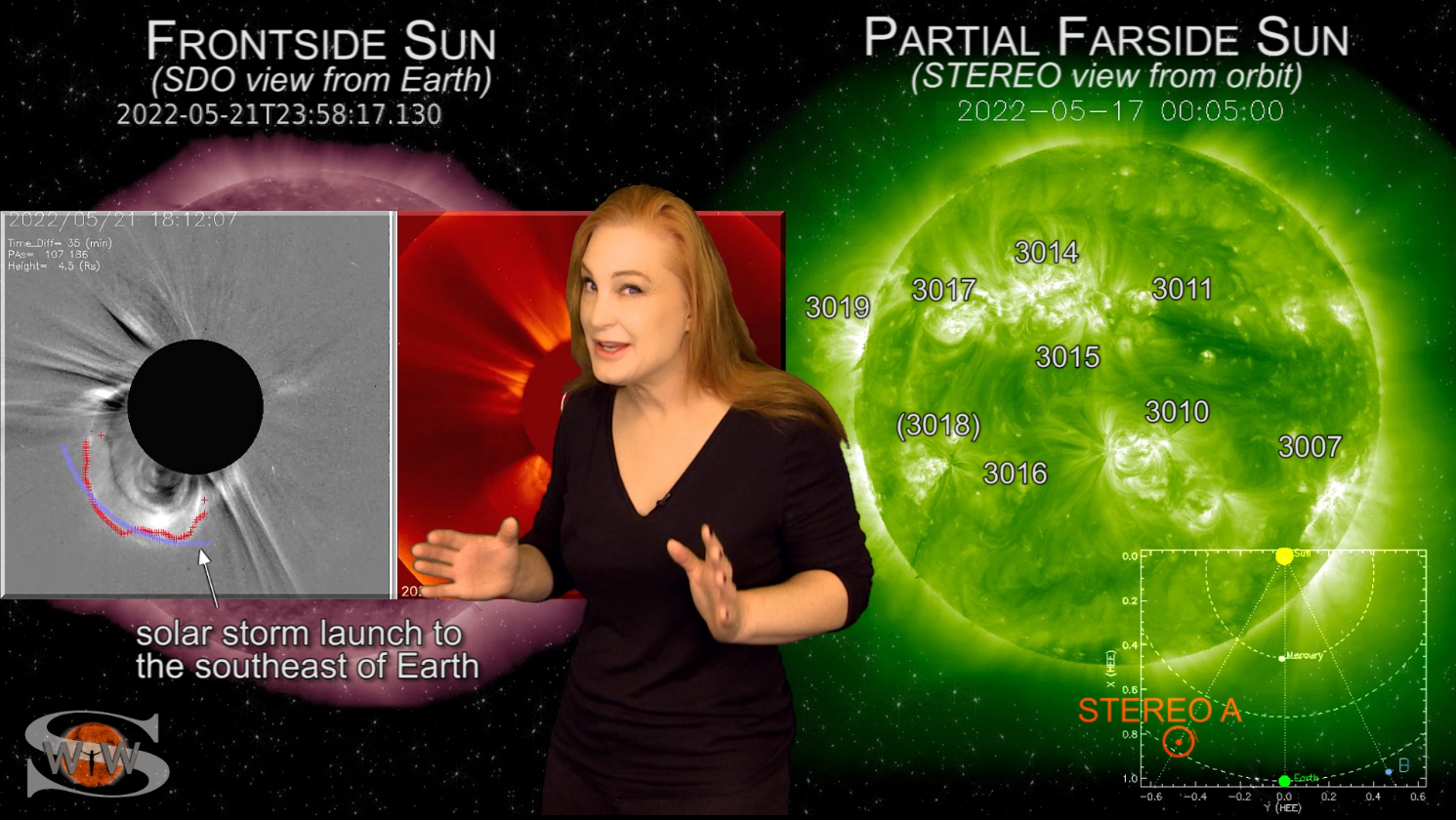Our Sun has been busy, but Earth has remained outside the crosshairs for most of the activity. There are quite a few active regions on the Earth-facing disk, including a X-flare player, but with the exception of a few radio blackouts, these regions have not caused us any lasting effects. In fact, no solar storms have been directly launched towards Earth over the past couple of weeks, which has left aurora photographers feeling a bit left out of the fun. Luckily, some fast solar wind from several coronal holes is making the rounds and allowing some brief aurora shows at high latitudes. We also have several filaments crossing the Earth-strike zone this week. One that was on the hairy edge of the strike zone just launched but it looks like it will go southeast of Earth. The other, we are watching very closely. Solar flux is also remaining well into the triple digits, hovering in the 160s and 170s and these conditions will continue easily for the next week or two. This means amateur radio propagation is booming on the dayside of Earth, but it also means GPS users should remain vigilant near dawn and dusk, especially at low latitudes where reception can be impacted the worst. Learn the details of the big-flare players, watch the filament launch, and see what else our Sun has in store this week.
Podcast: Play in new window | Download (Duration: 7:38 — 10.5MB)
Subscribe: Apple Podcasts | Spotify | RSS





